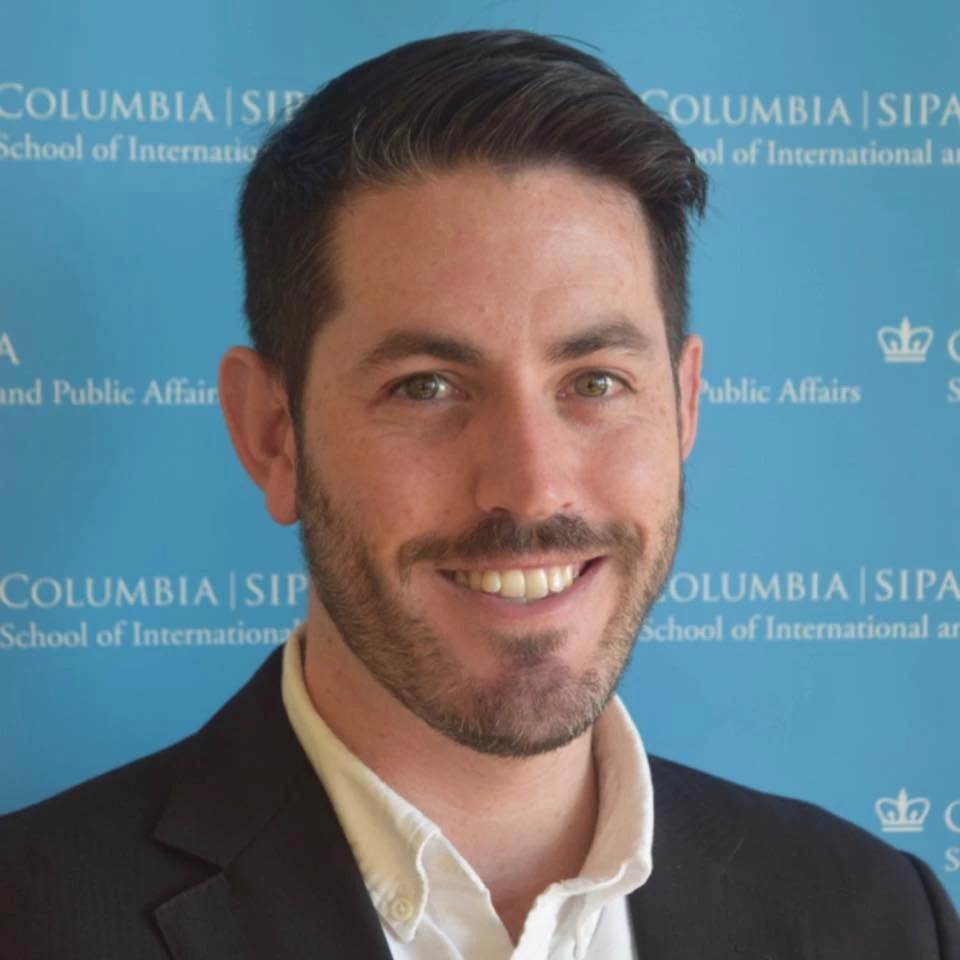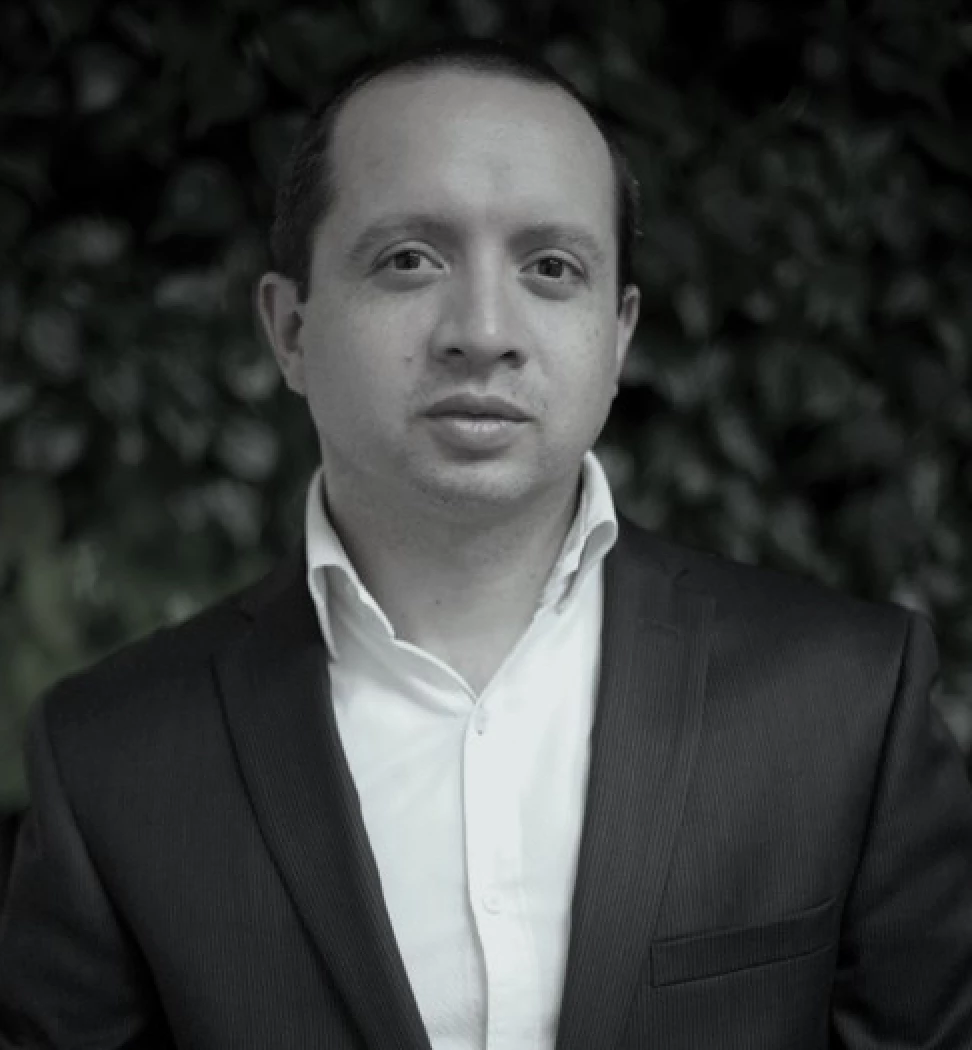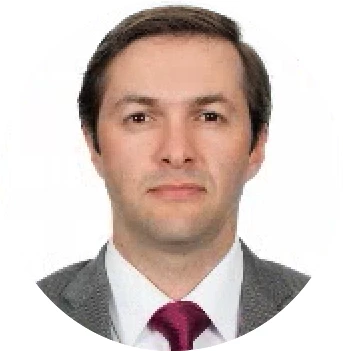 Man drinking from water tap. Photo by Simone D. McCourtie
Man drinking from water tap. Photo by Simone D. McCourtie
When you are thirsty, are you able to access water easily? When you drink water, are you afraid you might get sick from it? And when you need to relieve yourself, can you use a toilet where you have privacy? The answer to these questions for many people is “no”. In 2020, all around the world, 1 in 4 people lacked safely managed drinking water, 3.6 billion people lacked safely managed sanitation services, and 2.3 billion people lacked basic hygiene services1. Despite how dire these numbers are, we cannot forget that we have come a long way in helping provide water and sanitation services to many. But as population growth outpaces the provision of basic services, we find ourselves in a race to keep up with the ever-expanding need for sustainable and inclusive water supply and sanitation (WSS). Moreover, climate change is exacerbating existing inefficiencies in service delivery and worsening the impacts of systemic shocks like COVID-19.
In this context, business as usual is not an option. Meeting the challenge of “water and sanitation for all” demands out-of-the-box thinking. Across the globe we are seeing that many utilities are taking up the call and embarking on transformational journeys to reinvent and strengthen themselves. These forward-looking utilities want to tackle challenges head-on and become pioneers in WSS services provision.
The World Bank’s Utility of the Future (UoF) Program is helping such utilities travel to the future, starting today. The initiative aims to catalyze, materialize and maintain transformation efforts in WSS utilities. The UoF methodology involves three steps:
- Learn from the past: An initial utility assessment to identify its weakness, strengths, and opportunities.
- Challenge the present: A 100-day Action Plan to realize the utility’s opportunities with quick wins and a short-term action plan.
- Create the future: A 5-Year Strategic Plan that includes a sustainable strategy framework, vision and strategic objectives oriented to becoming a Utility of the Future.
Key to a future-facing approach is being at the forefront of emerging trends and technologies. It is also being open to bold and daring solutions to persistent challenges. The need for fresh ideas is what drove the World Bank to issue the UoF Global Challenge to youth across the world. The UoF Challenge called on young people to help a utility in trouble become a utility of the future by coming up with new ideas to address old challenges in WSS services provision.
Participating under-30s were asked to familiarize themselves with a fictional utility operating in the make-believe city of Dryland and to identify the three main challenges facing the WSS services provider. They were then asked to dream on and think creatively about what the utility would look like in 2050 if it was to successfully implement their recommendations. Finally, not wanting to encourage daydreaming without also thinking about how to turn their visions into reality, the challenge required that they come up with a sequence of short- and long-term actions for the utility to execute their strategy.
It turns out that many people from around the world have dreams for a better water and sanitation sector. Forty teams of two to three people from 27 nationalities covering every region of the world submitted their visions, out of which three teams were selected as finalists. The selection process was not an easy task. A panel of five judges reviewed each application and the final three teams were asked to submit a video in which they pitched their ideas. After an arduous process, one team was ultimately declared the winner: Data for Dryland.
The judges were impressed by Data for Dryland’s bold ideas for how they would address their selected challenges and turn their vision into reality. Their approach focused on the generation of data to drive the improvement of processes that were preventing the utility from being a successful service provider. You can watch their pitch video here.
The two visionaries behind the winning submission are Marlies Raskin Michielssen (USA/Belgium) and Sahithi Rohini Pingali Marlies (India). Both are current students at Stanford University in Palo Alto, California, USA, studying management engineering and thinking about innovation in the water sector. Both have big dreams beyond this challenge and you are sure to keep hearing about how they continue to be changemakers.
This challenge re-emphasized what we already knew: everyone can contribute to a better water sector and water utility reform. The diverse backgrounds and approaches represented in the UoF Challenge signal that we need to continue thinking outside the box. More importantly, we know that for the global water agenda to advance, we need to engage young people. We hope to continue engaging youth through similar types of activities. We also commit ourselves to keep dreaming and thinking about how to bring everyone onboard to travel to the future with us together with utilities from around the world. Young people need spaces for making their visions a reality and we are committed to continue fostering those opportunities; the world needs their bold ideas now more than ever.
_________________________________________________
1Progress on household drinking water, sanitation and hygiene 2000-2020: five years into the SDGs. Geneva: World Health Organization (WHO) and the United Nations Children’s Fund (UNICEF), 2021. Licence: CC BY-NC-SA 3.0 IGO.





Join the Conversation